Clafoutis vs. Flaugnarde: Unveiling the Sweet Secrets of These French Delights! 🇫🇷
Peach Clafoutis/Flaugnarde and Classic Tapenade
🌟 Welcome to The Flavor Files! 🌟
Dive into the delicious world where science meets food! Each week, you'll get a new recipe, links to even more mouth-watering dishes, the latest food and science news, and more.
Curious about our subscription options? Click here to learn more!
📚✨ Exciting News! My new cookbook, Veg-Table, is now available wherever books are sold! This book delves into the science of vegetables and features 100 recipes for all skill levels, along with tips and tricks to make your cooking journey fun and accessible. Get your copy here!
Own a copy of Veg-Table? I’d love to hear what you think! Please leave a review on Amazon (even if you didn’t buy it there). Your reviews help make the book more visible to others.
By the way, you might find some affiliate links sprinkled throughout this newsletter. Happy browsing!
Thank you for being part of this flavorful journey! 🙏🏾 Your support means the world to me.
🥖 Hello From Provence🍈,
I've devoured more pastries, warm baguettes, and creamy cheeses than I thought possible! Somehow, the classic combination of thin slices of ham and nectar-sweet melon tastes even more divine in the blistering summer heat here; perhaps it's because this is the home of the famous Cavaillon melons. The citron and pistachio glaces are an absolute must after a leisurely stroll.
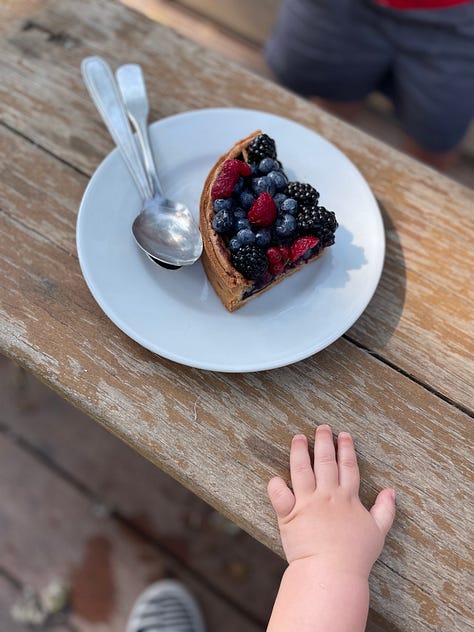
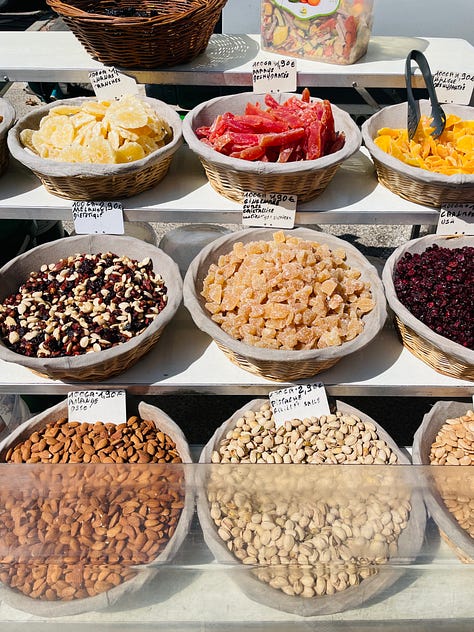
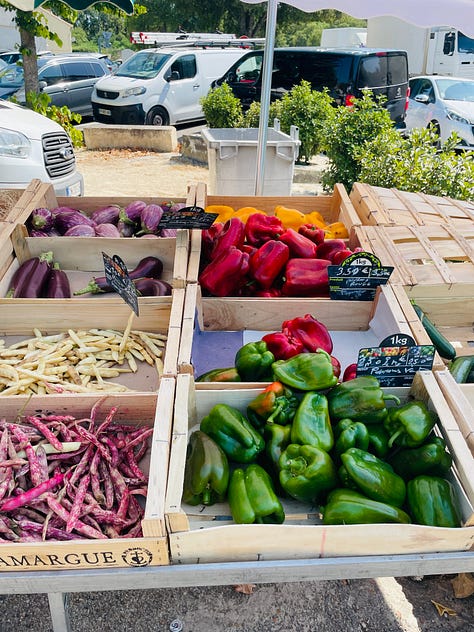
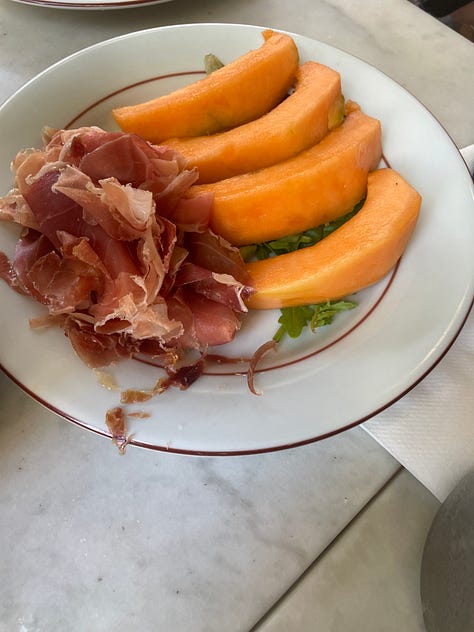
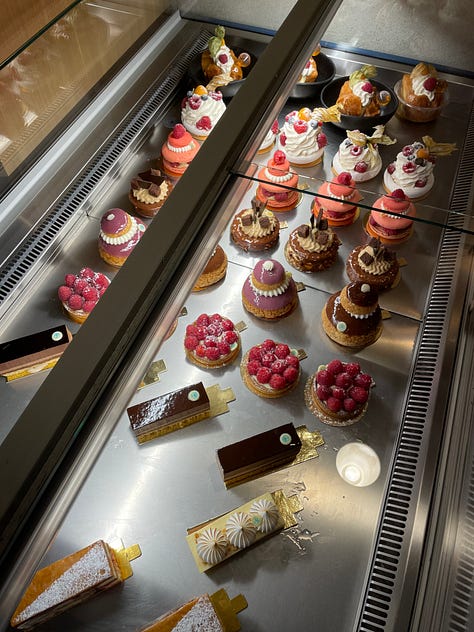
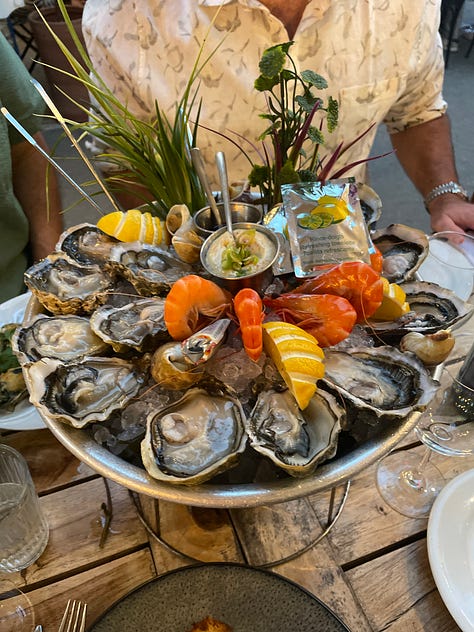
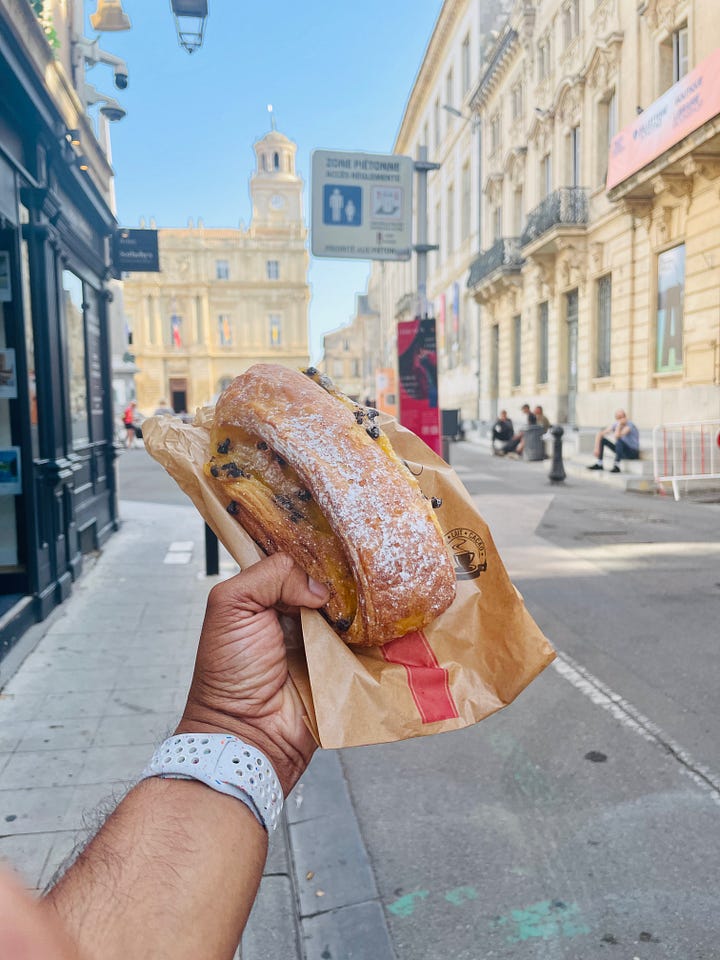
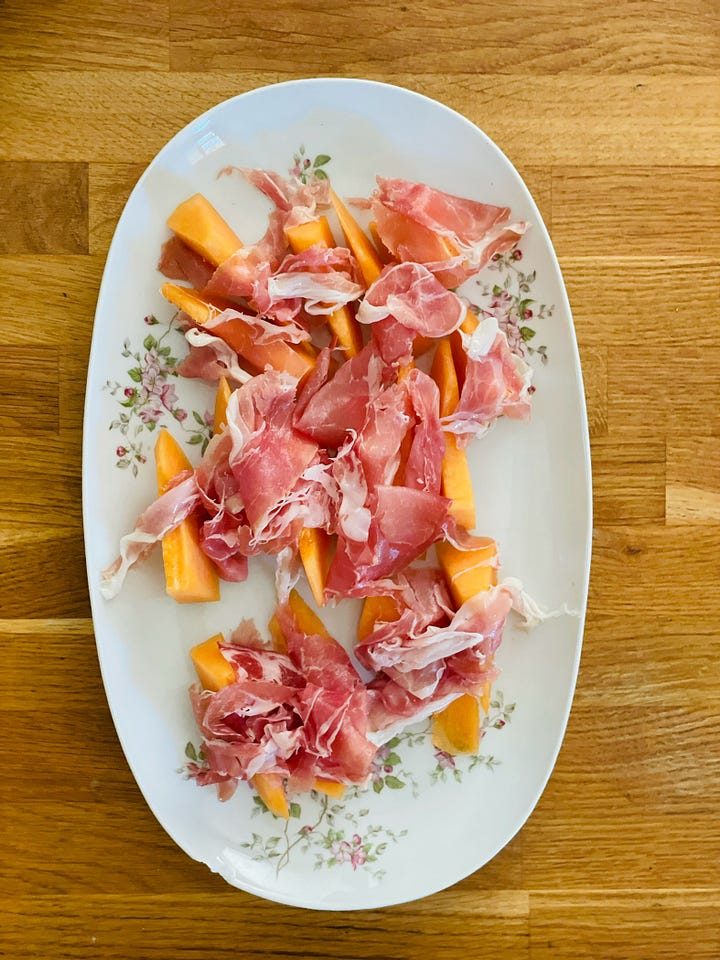
I've been jotting down notes and gathering so many ideas that I'm sure will come to life in the weeks ahead. I've dabbled in some cooking, baked cupcakes with my godson, and even mastered using a Thermomix! It's quite the kitchen marvel, weighing, heating, and performing all sorts of culinary tricks.
The days are scorching, so the streets are deserted until evening when they truly come alive. Dinners at restaurants are later than I'm used to, but it's a wonderfully relaxed affair. There's no rush – savor the conversation over delicious food and wine.
There won't be a newsletter next week, as I'll take a short break. I'll be back soon with plenty of new recipes for you to enjoy. Until then, bon appétit!
Have a lovely week,
Nik
Welcome to the second week of my French cooking series!
The clafoutis was one of the first classic French desserts I mastered, even before launching my blog, A Brown Table. When we lived in D.C., we took a fruit-picking trip to Virginia and ended up with a truckload of cherries. It was an exhilarating haul until reality hit—we had to figure out how to use all that fruit! Armed with a borrowed cherry pitter, I dove into the task. Most of the cherries turned into jam and fruit leather, but I also made a cake and a delightful clafoutis, a version I’m sharing today.
Since then, I’ve experimented with numerous clafoutis variations, even creating a Blueberry-Ginger version for The New York Times. The magic lies in the dense, tender pudding texture paired with juicy, fresh fruit. But what I crafted for The New York Times and this peach version for you today is technically a flaugnarde. Let’s dive into the delicious world of these French fruit treats.
Both clafoutis and flaugnarde derive their names from Occitan words. "Clafoutis" comes from “clafotis,” meaning “to fill,” referring to the batter filled with fruit. "Flaugnarde" originates from “fleunhe,” meaning “soft” or “downy,” hinting at the dessert’s tender texture. Traditionally, clafoutis is made with sour cherries like griottes or Bigarreau cherries, but you can use any cherries you find. Some recipes keep the cherries whole to draw out the almond flavor from the pits (I’ve never noticed a significant difference, and spitting out seeds is a hassle), so I prefer pitting the cherries and adding a splash of almond extract for a more pronounced aroma.
A flaugnarde, on the other hand, uses a variety of fruits—apples, pears, peaches, apricots, berries, and plums. Both desserts share a similar batter of eggs, flour, milk, sugar, and a touch of vanilla or almond extract. The result? A tender, dense pudding speckled with fruit, with edges that crisp up beautifully. I love scooping a big serving with a bit of a crispy edge and a soft center.
Over time, clafoutis became more popular and widely known, so the name stuck, even when other fruits were used. It’s funny how certain terms catch on and become the norm!
This week, you get to make my Peach and Thai Basil Clafoutis. It’s an unusual pairing that works gorgeously well together. You can serve it with whipped creme, creme fraiche, or ice cream, but even on its own, it is marvelous. A great big scoop of summer and French goodness in one spoon.

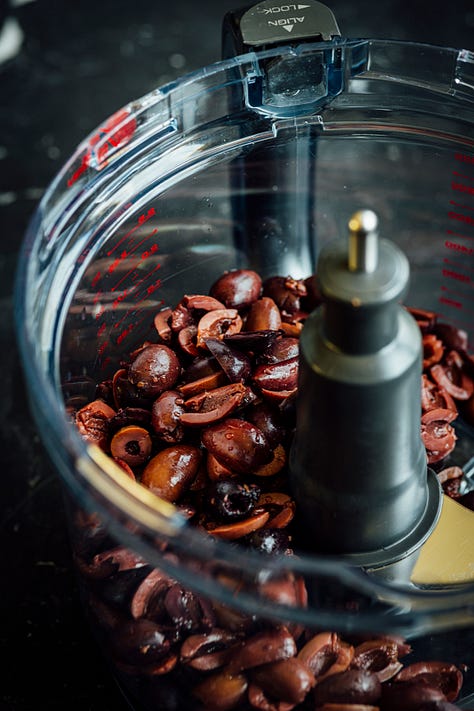
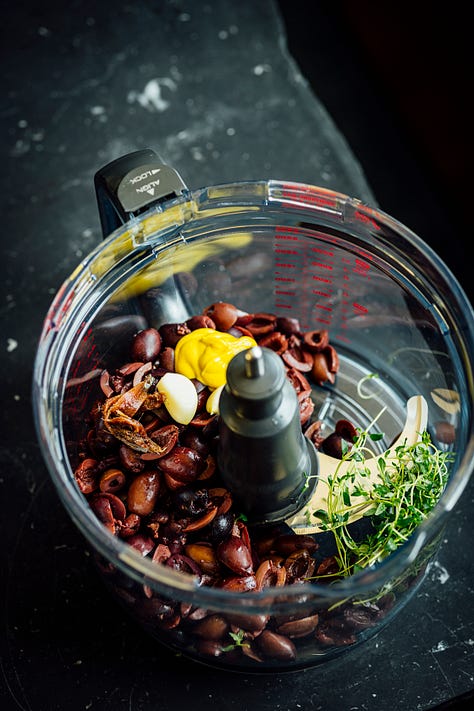

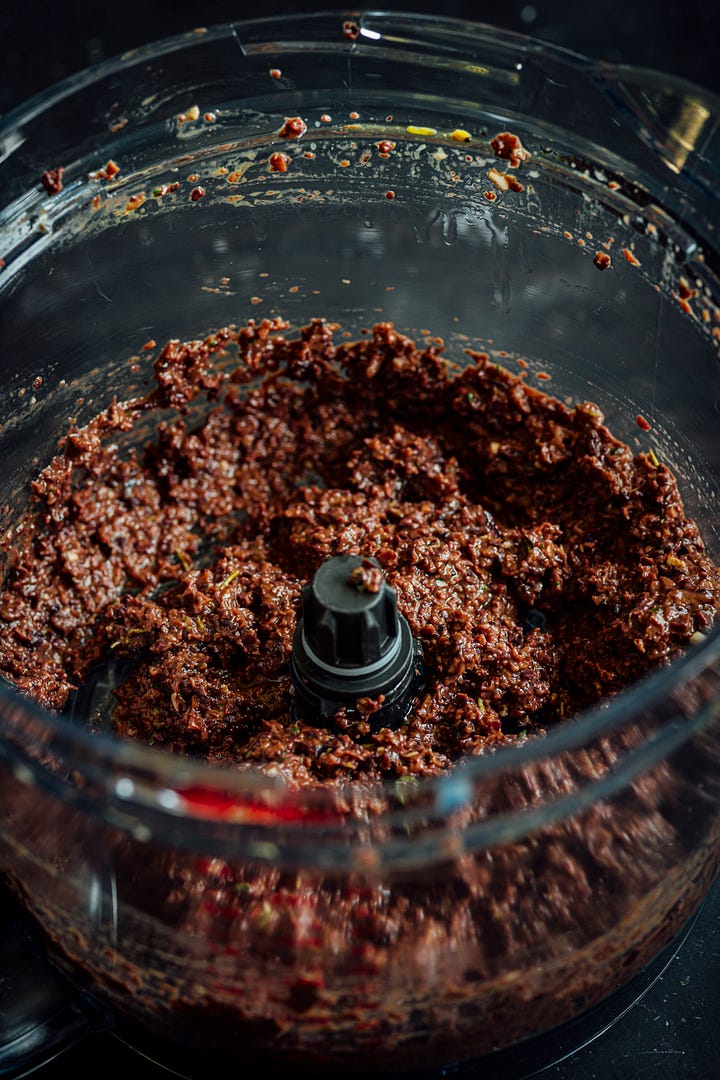
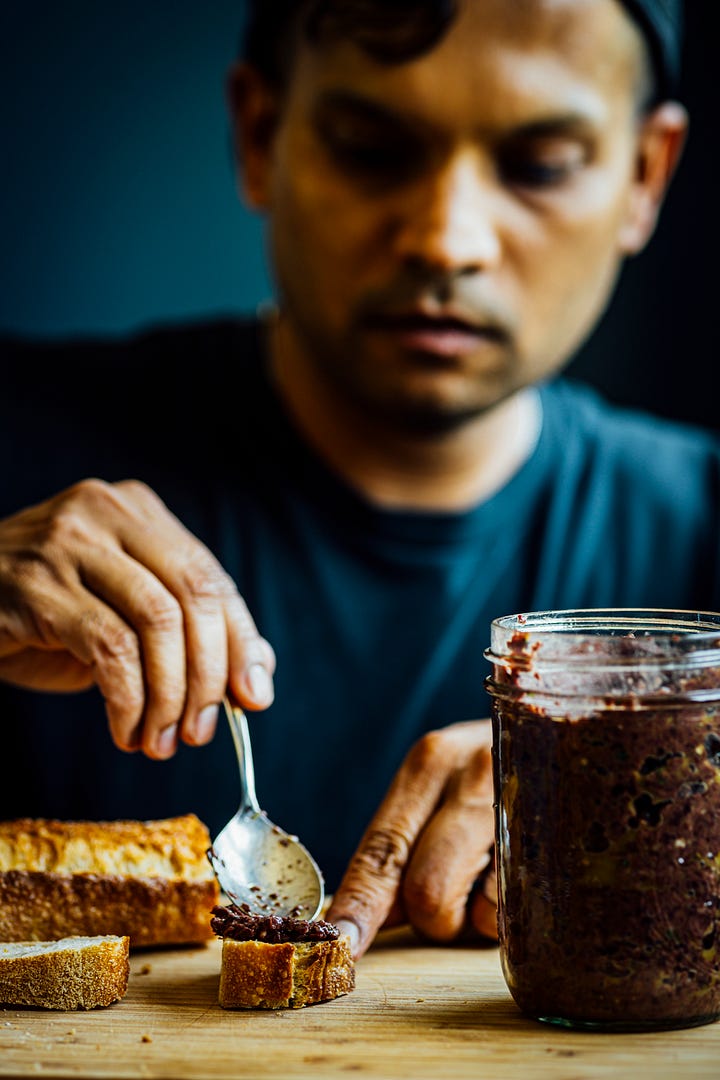
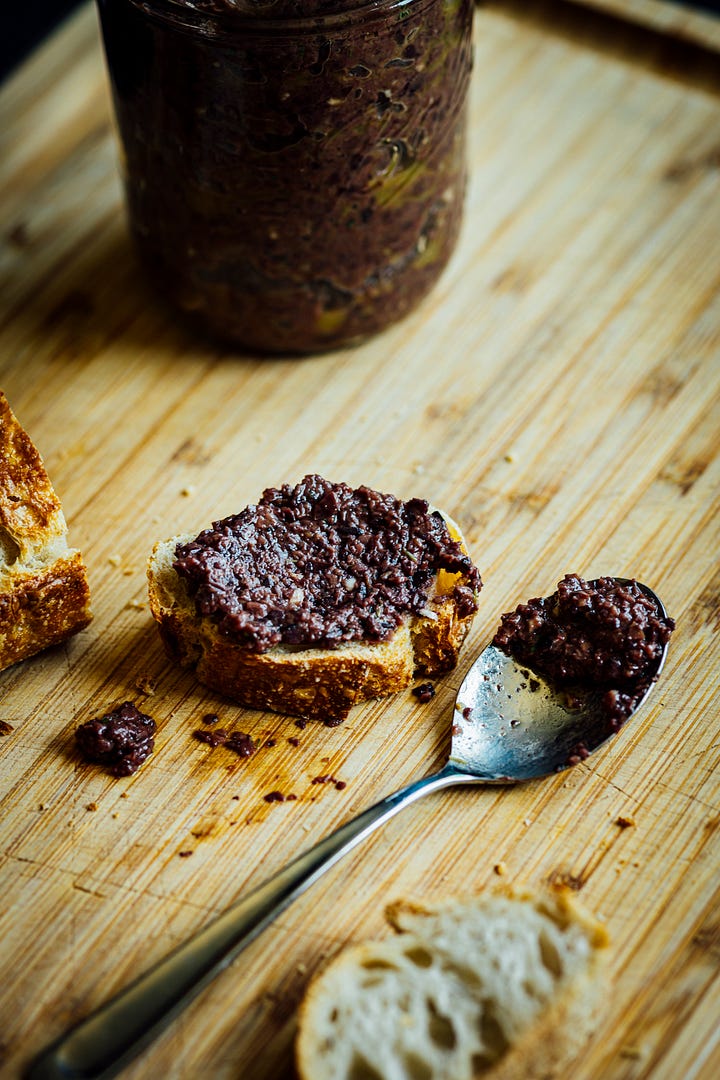
This week's second recipe brings you the vibrant flavors of Southern France and the Mediterranean: Tapenade! The name "tapenade" comes from the Provençal word "tapenas," meaning capers, one of its key ingredients. Tapenade is a delightful, versatile condiment traditionally made from black olives, capers, anchovies, and olive oil. While green olives can be used, I love making them with Greek Kalamata olives for their rich, robust flavor and unique color.
Tapenade's versatility is what makes it truly special. Spread it on crusty bread, use it as a dip for fresh vegetables, top your grilled meats and fish, or even stuff it into poultry for flavor. Mix it into pasta, spread it on sandwiches, or transform it into a marinade or sauce for various dishes.
Ready to try your hand at these delectable French recipes? Let’s bring a bit of France into your kitchen with these timeless recipes!


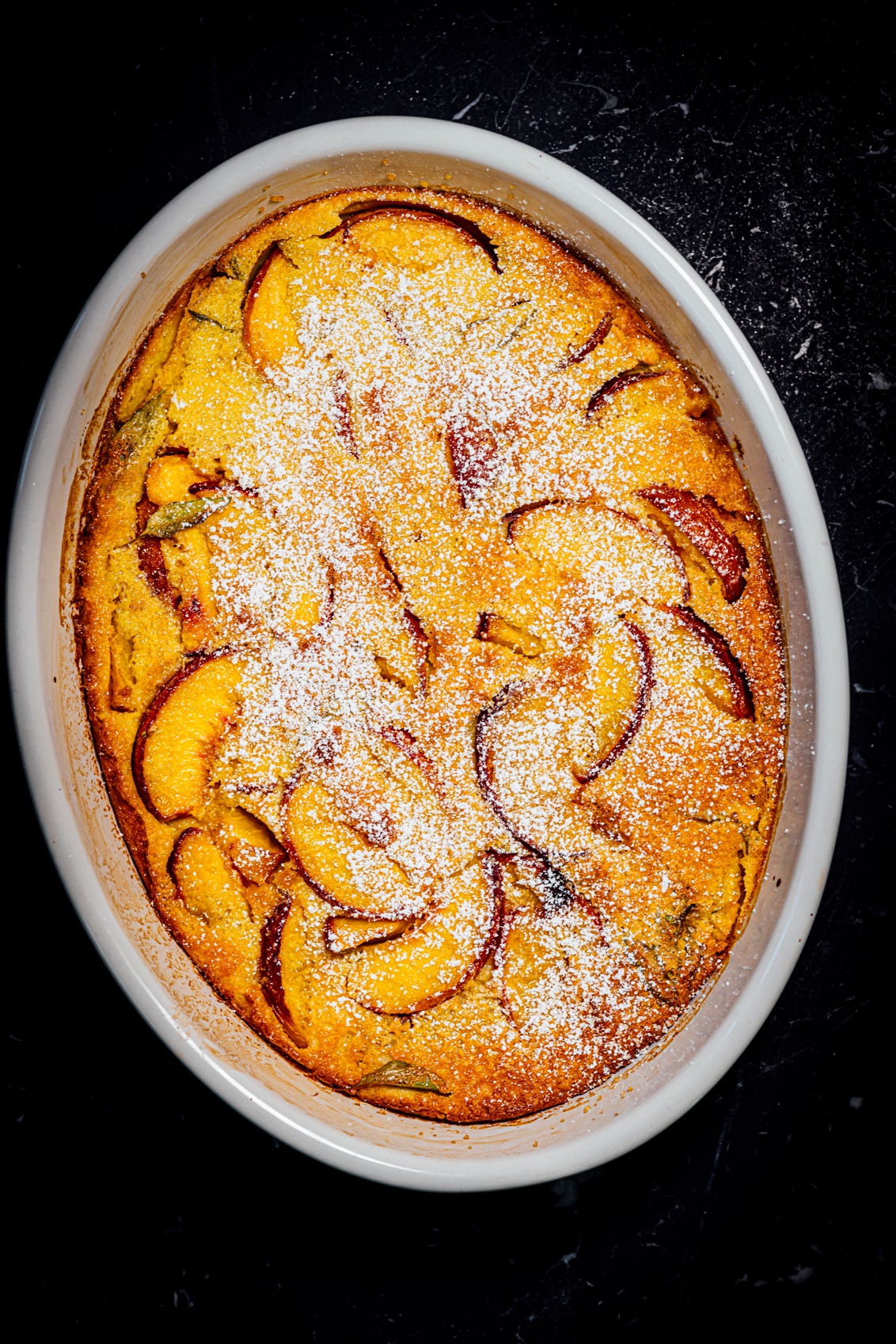
Nik, thanks for sharing the differences between clafoutis and flaugnarde. I always love learning something new. I have made cherry clafoutis for years using David Lebovitz recipe and I have experimented with other fruits as well. I just made your peach and Thai basil clafoutis recipe with some adjustment of the fruits and basil and it was incredible. I did not have Thai basil and used regular basil which still worked well with the lime. I did not have enough peaches so I used 1 peach, 1 nectarine, 5 mini yellow plums and the rest in pitted cherries. It took a long time to brown on top, about 55 minutes instead of the 30 minutes. I am glad you included the internal temperature that the clafoutis needed to be so that I could know when it would be ready. I can't wait to try this recipe again when I buy Thai basil and more peaches.
While I love cherry clafoutis, cherry season is a bit short. but my peaches are picked and ready to turn into some delight. I love basil with melon and peaches. Have you ever made a savory clafoutis?